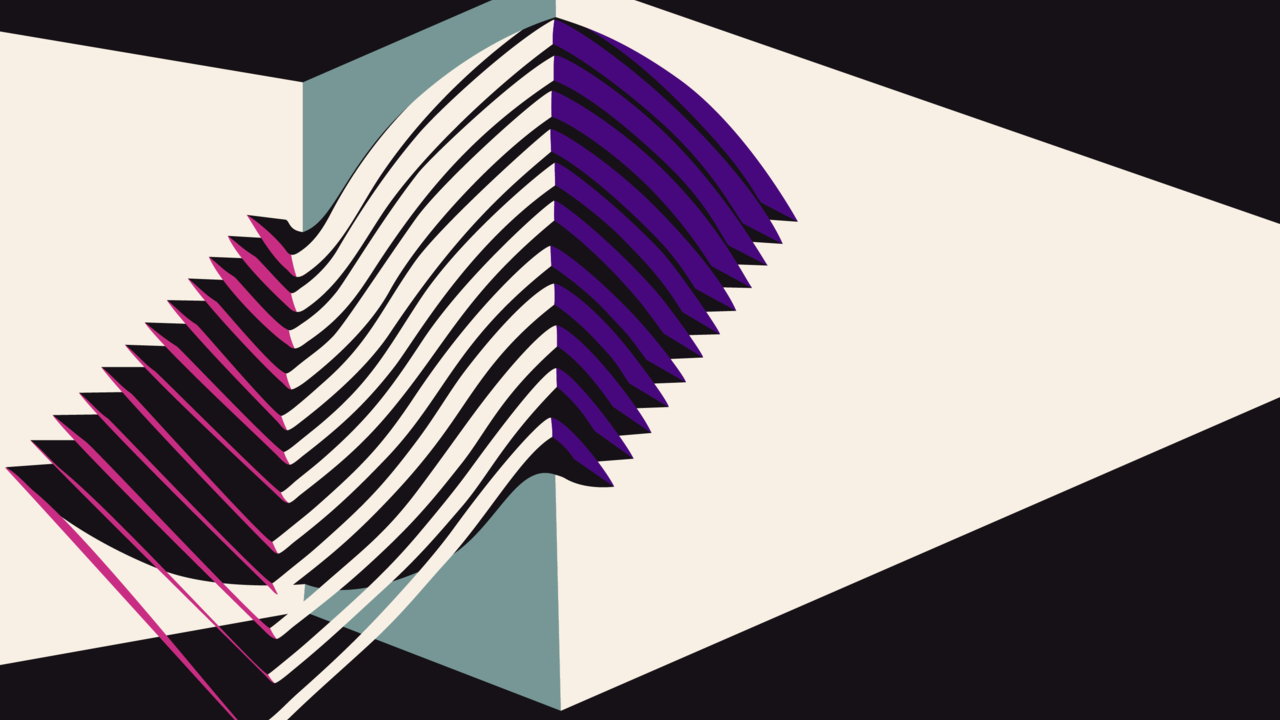Why Do We Use a Question Mark? History and Usage Tips
What is a question mark for?
On the surface, the answer is simple. We use question marks as glyphs to denote an interrogation point. Or query.
The symbol creates emphasis and clarity. When it’s at the end of the sentence, we know that it’s being phrased as a question. In other words, we know it’s an interrogative sentence.
The question mark is one of the three forms of terminal punctuation. Along with the exclamation mark and the period.
By the way, it’s also known as an “eroteme.”
Like those other 2 punctuation marks, the “?” provides a “full stop.” It appears at the end of a sentence, a clause, or a phrase.
It’s one more tool for organizing thought in the English language.
After all, we space out words to make sentences easier to read. We use commas to create word lists.
Semicolons, and colons allow us to organize. Hyphens and em dashes let us digress or change tone mid-sentence. Apostrophes let us shorten words and/or render vernacular speech in writing.
Question marks let us reach out to other humans. To ask for a response. Directly, politely, and/or rhetorically.
Here’s some tips on usage.
How to use a question mark
Correct and incorrect use
A question mark goes at the end of a direct question.
Here’s an example question:
“Do you think they liked my pitch?”
When it’s an indirect question, you don’t use a question mark. Here’s an example sentence that shows this common mistake:
“I wonder if they liked my pitch?”
Close but no cigar. It should be as below, with a period:
“I wonder if they liked my pitch.”
According to “the rules,” only one terminal punctuation should appear at the end of a sentence. So an exclamation point and a question mark shouldn’t be together.
Of course, if you’ve read any cartoons you know this rule gets thrown out. Informal writing is different. Stylistic context is important.
That said, a quarterly report probably shouldn’t contain any sentences or clauses ending with “?!!!”.
A question within an indirect question
If there’s a question within an indirect question, there’s generally no need for a question mark. The Merriam-Webster dictionary says as much.
But if you are quoting someone, you can have the direct question rendered with a “?”.
He asked himself, “what am I doing?” and wondered if the plan would really work.
Conversational mark
The question mark can be seen as a means of opening up dialogue. In other words, it’s useful to consider it as a conversational mark.
It can convey a request. It can invite reflection from the reader on an issue. It can turn the screws on someone doing something.
In short, the question mark is a tool for human engagement. And should always be thought of in these terms.
Question marks and quotation marks
If the quotation itself is the question, stick the ? inside the quotes as below.
She wondered to herself, “what if I don’t get to the meeting on time?”
However, maybe the sentence as a whole is a question. But the quote in the sentence isn’t part of the question. In that case, put the ? outside of quotation marks.
Example: How would you react if someone said “I don’t think voting is that important”?
Question marks and parentheses
A question mark can be used if the information in the parentheses is uncertain. Like so:
She was trying to remember who had secured the seed funding (Jane?). But she didn’t want to say the wrong name out loud.
The punctuation pertains to information inside the parentheses. So we use it.
Indirect questions
Indirect questions are declarative sentences. They ask for a response, like a question. But they don’t take any question mark.
Scope
The question mark’s scope of usage is broad. As mentioned, it can appear after a clause, phrase, sentence. Or data that’s questionable.
Also, the question mark’s usage modulates significantly in context. Sometimes when we modify the scope of the question, the question mark disappears.
Consider the polite request.
Is a polite request phrased in a way that’s long and complex? Does it require action on the listener’s part? Then it may well not take a question mark.
Consider the following sentence:
“Would everyone on the right hand side, who hasn’t received a lanyard yet, please move to the left.”
One more quirky usage note on ellipses and question marks.
Say your sentence trails off at the end with ellipses. But the sentence itself is phrased as a question.
In that case, you treat your ellipses like just another word. As below:
So are you going to finish that… ?
Stylistic variants
Some are pushing for the adoption of a new interrogative glyph. It takes the exclamation mark and the question mark and melts them together.
It’s called an interrobang. And it looks like this: ‽
Martin K. Speckter proposed the interrobang in 1962. He was working as head of an advertising agency. And he thought it would be great to condense ! and ? for visual impact.
As for the term. Interrogatio is Latin for rhetorical question or interrogation. Bang is printer slang for exclamation mark.
The interrobang has yet to find a huge audience. For now, the question mark’s position remains... beyond question.
Rhetorical question mark
Rhetorical questions are often dramatic. They have an air of the theatrical. They convey sentiment and are often made with passion.
The issue of rhetorical questions and question marks is similarly heated. Language experts continue to disagree. Some think you really need a question mark, others don’t.
As such, rhetorical questions are a bit of a free-for-all. They can end with a period, a question mark, or an exclamation mark.
We see question marks when rhetorical questions are negative assertions. This is often the case when the question is sarcastic.
Example: It’s sunny today in Los Angeles. Who would’ve figured?
History of the question mark
What about the historical origins of the “?” symbol?
They’re somewhat murky.
In the late 700s, one begins to find scholarly references to punctus interrogativus. These interrogative glyphs were used to help read Latin texts.
Punctus interrogativus fulfilled the exact same role as our modern question mark. But they were stylistically inconsistent.
They could take the form of a lightning flash. Or a squiggle above a period. Or something else entirely different.
By the 1200s, things began standardizing. The creation of universities in Paris, Oxford, and elsewhere was a key factor. Book production and writing style started getting rationalized.
By this time the outline of the modern question mark was visible. The interrogative glyph was sharply curved in a hook shape.
But where did this shape come from?
The English word “question” comes from the Latin word quaestio. This was cumbersome to write out at the end of a sentence. So in the Middle Ages, quaestio got nibbled down to the abbreviation qo.
One theory has it that q started to get written on top of o. Eventually this symbol morphed into the modern “?”.
Kind of like how your bank signature started as clear cursive as a teen. Then became squiggles as an adult.
Theory makes a lot of sense, right? Indeed it does. But unfortunately, there isn’t a lot of historical evidence to substantiate this claim.
The origins of the ? remain an open question.




